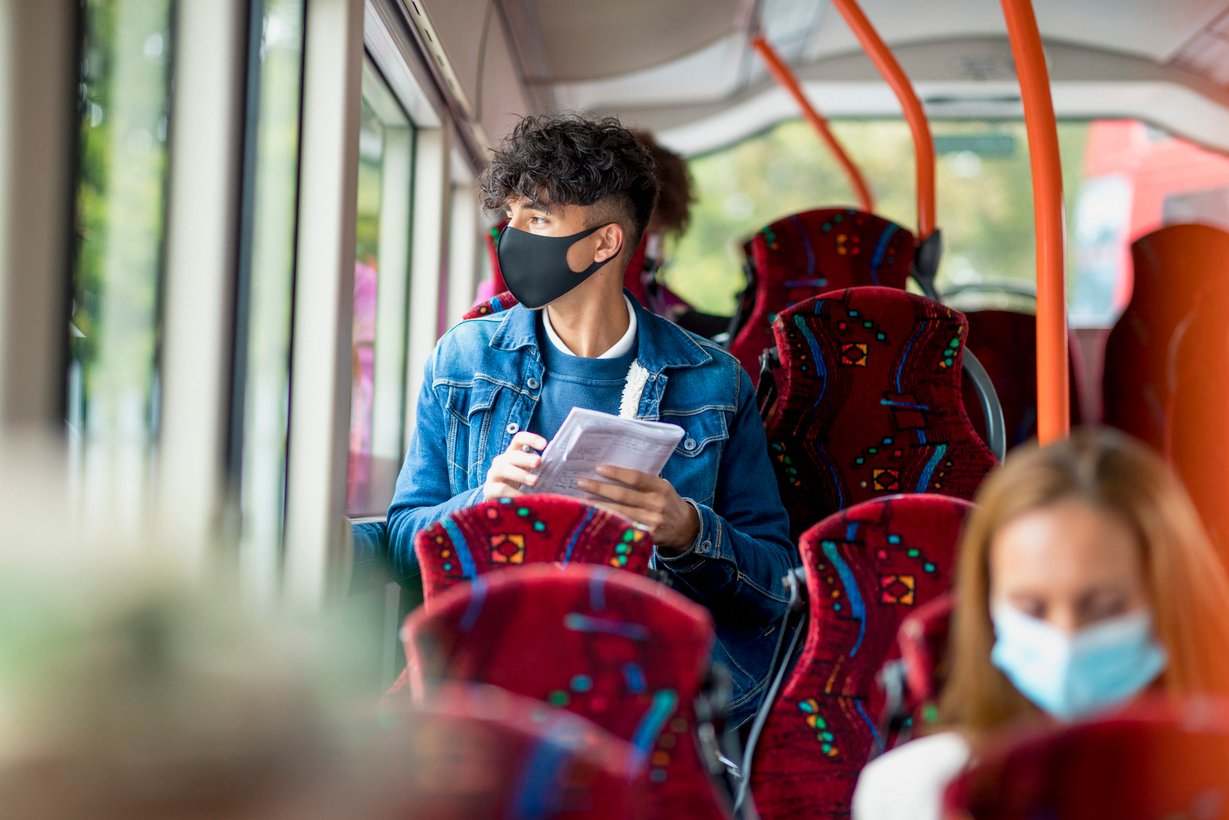As inflation continues to put pressure on families across the United Kingdom, another stressor has emerged: changes and cuts to home-to-school transport programmes, which are growing unsustainably costly for councils to maintain. Transport for young people with special education needs and disabilities, or SEN transport, is the primary cost driver: more students are eligible than ever before, and the cost-per-pupil has risen with labour and fuel costs.
According to a report released earlier this year by County Councils Network , a whopping 60% of councils said their expenditure on SEN school transport was ‘unsustainable,’ and 34% said it was ‘difficult.’ The problem of rising SEN costs is not exactly new, but it has reached a crisis point where special needs students are now at risk for disruptive programme changes. As costs have risen for at least the past five years, councils have been able, until now, to manage by slowly reducing the number of mainstream students eligible for free transport. This strategy was disruptive to families on ever-tighter budgets — CCN estimates that 9% fewer mainstream students receive free transport in 2022 compared to 2016 — but not statutorily risky, as most councils offered transport to more students than strictly required.
Now, councils are looking into ways to cut costs within the SEN programs themselves, leaving many families concerned about the scope of the changes , which have often been made with very little transparency. Parents worry that cost-saving shake ups will bring new drivers or passenger assistants who are unfamiliar with their children’s needs, or lead to frequent route changes. Most concerningly, parents find they are in the dark about their children’s new transport arrangements, as communications between parties break down amidst program changes.
How can councils offer a safe, consistent experience to students while making SEN programs sustainable? The answer may be to borrow technology from a mode of transport that routinely solves similar problems: demand responsive transport, or DRT. DRT is public transport that has no fixed routes or schedules, but aggregates individual trip requests into the most efficient possible shared journeys.
While many students eligible for SEN transport use the same buses as their fellow students, a significant proportion travel to school in taxis, private hire vehicles, or minibuses. The challenges of efficiently organising this kind of transport are, in many ways, similar to those that councils face when delivering DRT services to rural, elderly, or disabled passengers — and the same kind of technology can help. Digital DRT (or “DDRT”) software can’t solve every problem related to delivering SEN transport, and more funding is direly needed to resolve the crisis in the near-term. But DDRT technology can address four major challenges in home-to-school transport:
- Efficiency. DDRT algorithms can find routing and passenger grouping efficiencies that human organisers don’t see, meaning that fewer vehicles can carry more passengers at an overall lower cost.
- Communication. The software can keep passengers, dispatchers, and caregivers continuously informed about vehicle locations and estimated arrival times. It can also keep track of individual passengers’ disability needs — for wheelchair-accessible vehicles, for attendants or guide dogs, or to travel alone or with a particular driver — and automatically arrange transport to meet those needs. Drivers, too, can be informed of passenger needs through navigation apps, helping them offer careful and compassionate service.
- Flexibility. As conditions evolve — the council engages more or different vehicles, new students qualify for SEN transport, students move house — DDRT software can effortlessly re-optimise the program to accommodate all students.
- Transparency. DDRT software typically comes with highly-detailed analytics modules, allowing a council to confirm that their spend lines up with trips delivered, or that drivers follow recommended routes and pick up the appropriate students. They can identify any problems early, and keep students’ and caregivers’ trust.
At Via, we’ve worked partners to provide safe, efficient transportation for students with disabilities in locations as diverse as Luxembourg and New York City, and at large scale: Luxembourg’s Mobibus program delivers 4000+ rides each day to students with disabilities, distributed among 500+ vehicles. New York’s Department of Education is currently deploying Via to coordinate transport for 150,000 students, including those with disabilities, on 9,500 school buses.
In the UK, our DDRT services are regularly used for passengers with disabilities, and as a means to accessing education. Approximately 40% of passengers using fflecsi, a nationwide DDRT program in Wales, identified as having a disability, while 24% said they used fflecsi to access educational opportunities. These results are highly encouraging, suggesting that DDRT technology can alleviate at least some of the pressures on both councils and families as they negotiate unprecedented conditions.




